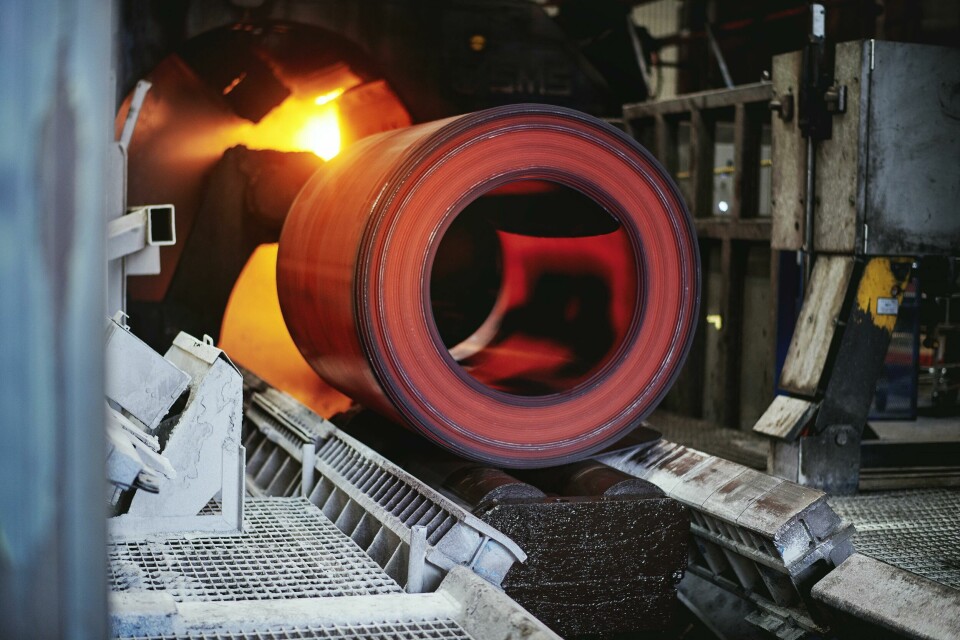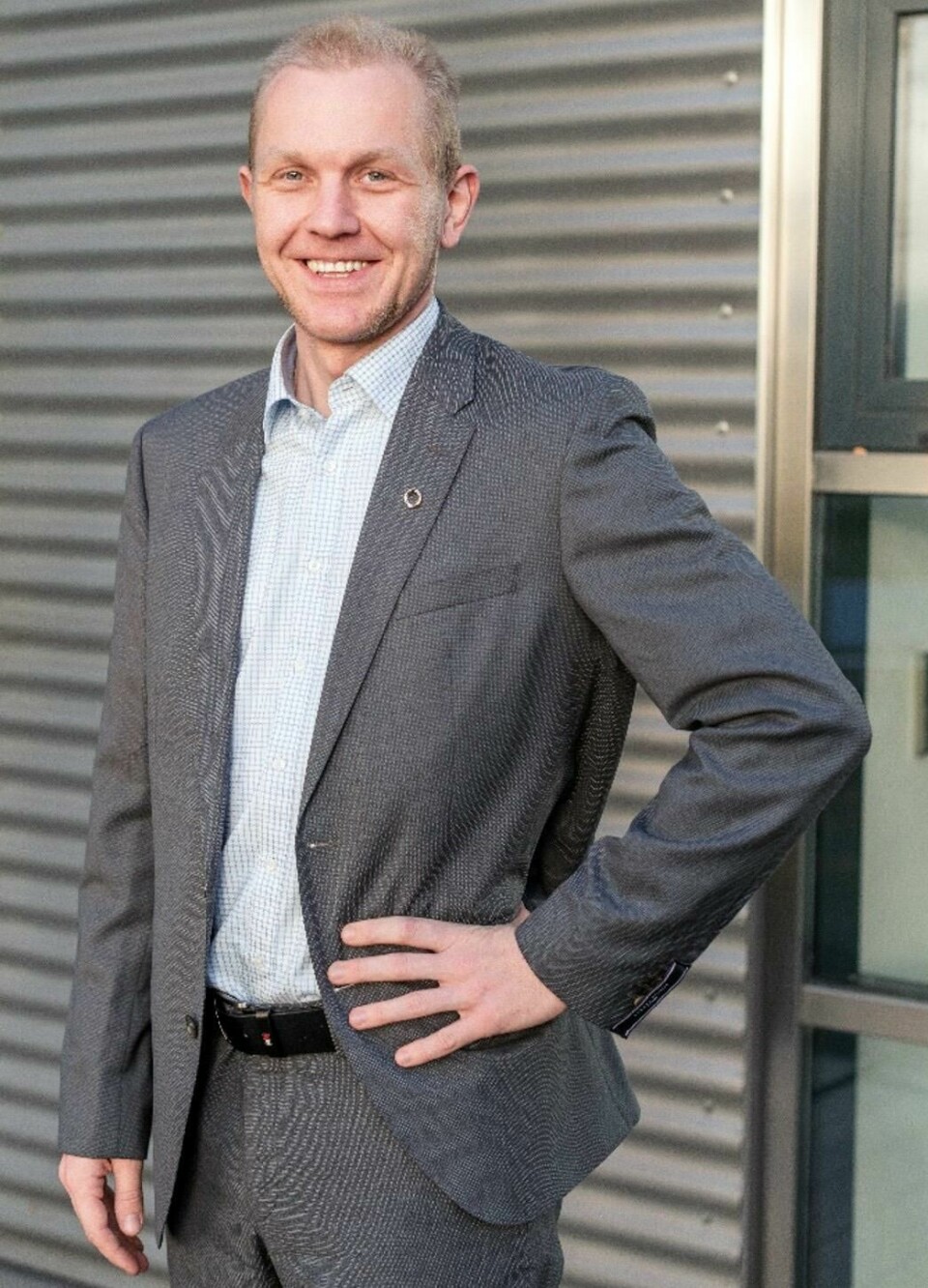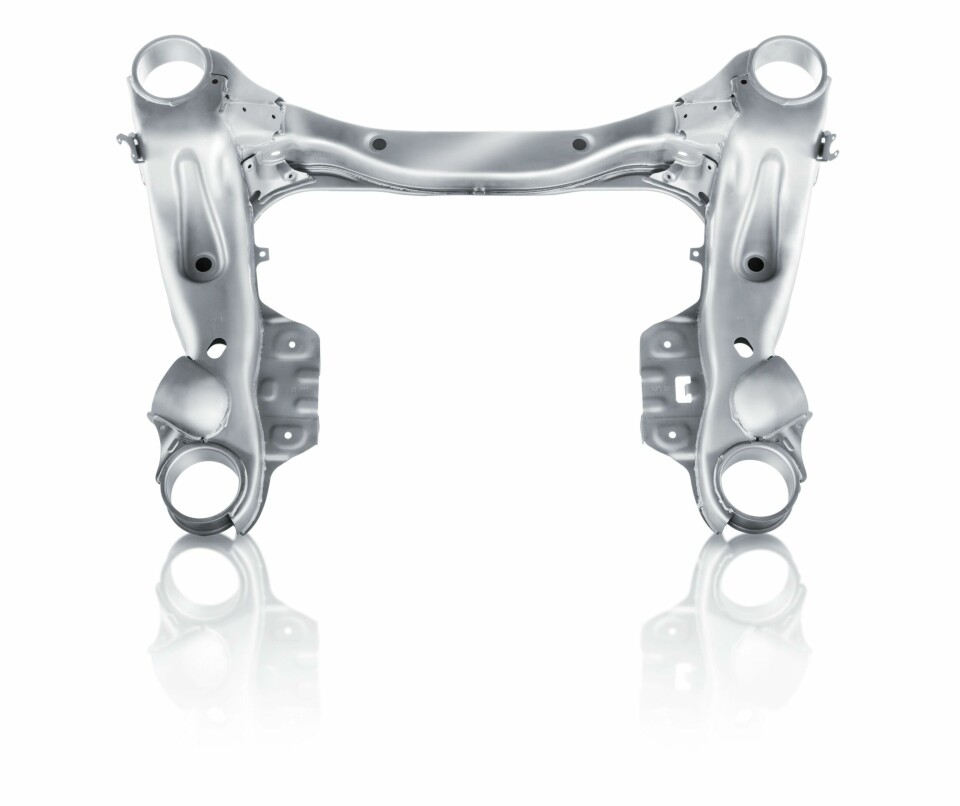Non-magnetic materials for EV motors
The development of electric vehicles is seeing the increasing use of materials with particular properties. Stainless steel is one example that offers applications in body structures and drivetrains

OEMs and tier suppliers are now fully engaged in the production of electric vehicles, but alongside this the development of related vehicle architectures and drivetrains continues at pace. Seeking more efficiency, performance and safety carmakers are still working on reducing weight while increasing the vehicle’s structural strength and safety. Part of this includes the battery enclosures, which have to be engineered with high levels of structural resilience, corrosion resistance and environmental stability. According to Outokumpu, stainless steel offers solutions to these requirements and with the non-magnetic properties of a new grade, can also benefit the efficiency of electric motors.
Stefan Lindner, Outokumpu’s technical manager for automotive, outlines some of the applications. “These can be described in general terms as ‘electrical engineering’, however, there are two sides to this; on the one side are the electric drivetrains, motors for battery electric vehicles for example and on the other there are the upcoming megatrends such as vehicle connectivity and autonomous driving. But independently of these trends, we are already seeing a huge number of sensors being used in vehicle systems and interiors.

“If you take seat structures as an example, 20 years ago seat adjustment was largely a mechanical operation, but now modern vehicle seats offer a much greater range of adjustment and comfort options, and each of these features requires at least one sensor. The issue is isolating each of the sensors from interference from each other’s operation. So, if you consider the fact that the seat is just one component in a vehicle that vehicle is fitted with a large number of other components and systems that also require sensors, so challenge for electrical engineering becomes clearer. Allowing that this [technology] trend will grow, non-magnetic materials offer some important benefits in the manufacturing process”.
Non-magnetic properties
The company has developed its Forta H-Series (fully austenitic micro-structure) grade stainless steel to provide these non-magnetic properties. Lindner notes that a key feature of this material is that the stability of its austenitic micro-structure allows for the usual manufacturing processes (forming, welding, machining, etc) to be performed while retaining its completely non-magnetic properties in the finished component. In typical austenitic steels these processes cause localised deformation of the micro-structure, which changes the material in these localised areas into a martensite micro-structure. The martensite content is ferro-magnetic, which results in a magnetisable behaviour of the original austenitic grade. So, those austenitic materials are called meta-stable austenitic. Even stamped plate will have this para-magnetism at the cut edges, essentially the component’s material becomes magnetic.

Although non-magnetic steels in some form have been available for some time there is now a growing demand in the automotive market. “General R&D into this type of non-magnetic material started around 2006 and was derived from the high manganese alloyed group of steels,” explains Lindner. “From the start the focus was on automotive applications as this group of steels offered useful properties in terms of high-strength and elongation. At that start point in the development there were some initial issues with delayed or hydrogen cracking, however, the outcome was the development of martensitic grades for press-hardened steels.
“Our development process began in 2012 working on a high manganese grade but with a different focus. Previous development of this had been done by steel companies working mainly with ferritic steels, but our focus came from long experience of working with austenitic stainless steels. Because we had all the processes and equipment to produce stainless steels, it was much more straight forward for us to develop this new grade of non-magnetic steel. Also, our established process of adding chromium to the high manganese steel (for corrosion resistance) solved the issue of delayed cracking.
“Development of Forta H-Series began in 2012 with a focus on automotive structural parts and has now been used in series production at a number of automotive manufacturers since 2019. Although it wasn’t part of our original focus during development, we also identified the non-magnetic properties of this material and in discussion with our customers highlighted some of the benefits this could offer in certain applications.”
“Development of Forta H-Series began in 2012 with a focus on automotive structural parts and has now been used in series production at a number of automotive manufacturers since 2019”
Supply and demand
To begin with the demand for stainless steels from automotive customers was for use in structural parts rather than electric drive components. But the growth of development and production of BEVs has now seen more demand from this side. And for Outokumpu the market interest has certainly shifted on to the type of products it develops and manufactures.Lindner observes, “yes, it was fortunate that market has shifted this way but currently there are not many non-magnetic steels available and particularly at this price point”.
Another factor that now comes into consideration for steel producers, beyond the performance of the materials, is the sustainability of the manufacturing processes. Lindner says, “we currently use about 85% scrap material in our production process and it can be repeatedly used and reprocessed as scrap materials, with only additional alloying materials needed to maintain the required properties of the steel. So, for example, an ICE exhaust system could be scrapped and reused in the manufacture of an electric motor”.
Over the last 10 years the company has seen an increase in demand for quantity and quality from the automotive sector, mainly requiring higher levels of material strength and elongation properties to allow the forming of more complex parts and also to create lighter weight parts. More recently the requirements have been for materials with a higher thermal resistance. Lindner explains, “this type of requirement was commonly around exhaust systems but now the focus is on the battery electric systems. The focus is mainly on safety, not only protecting the batteries but also the vehicle occupants in the event of a fire in the battery box, offering protection up to a given temperature and for a specific duration.”
Future solutions
The company is now working together with tier suppliers and OEMs across a number of areas, but Lindner notes, “what we are seeing is there is not a search for a single solution. Different companies are pursuing different approaches and strategies regarding e-mobility, for example the powertrains, ranging from hybrid to full electric and structural light-weighting solutions,” and with regard to fuel cells he adds, “there’s definitely opportunities for stainless steel with this technology. The cell stacks need to be corrosion resistant and also with the hydrogen tank structures, so we are looking at projects here”.



